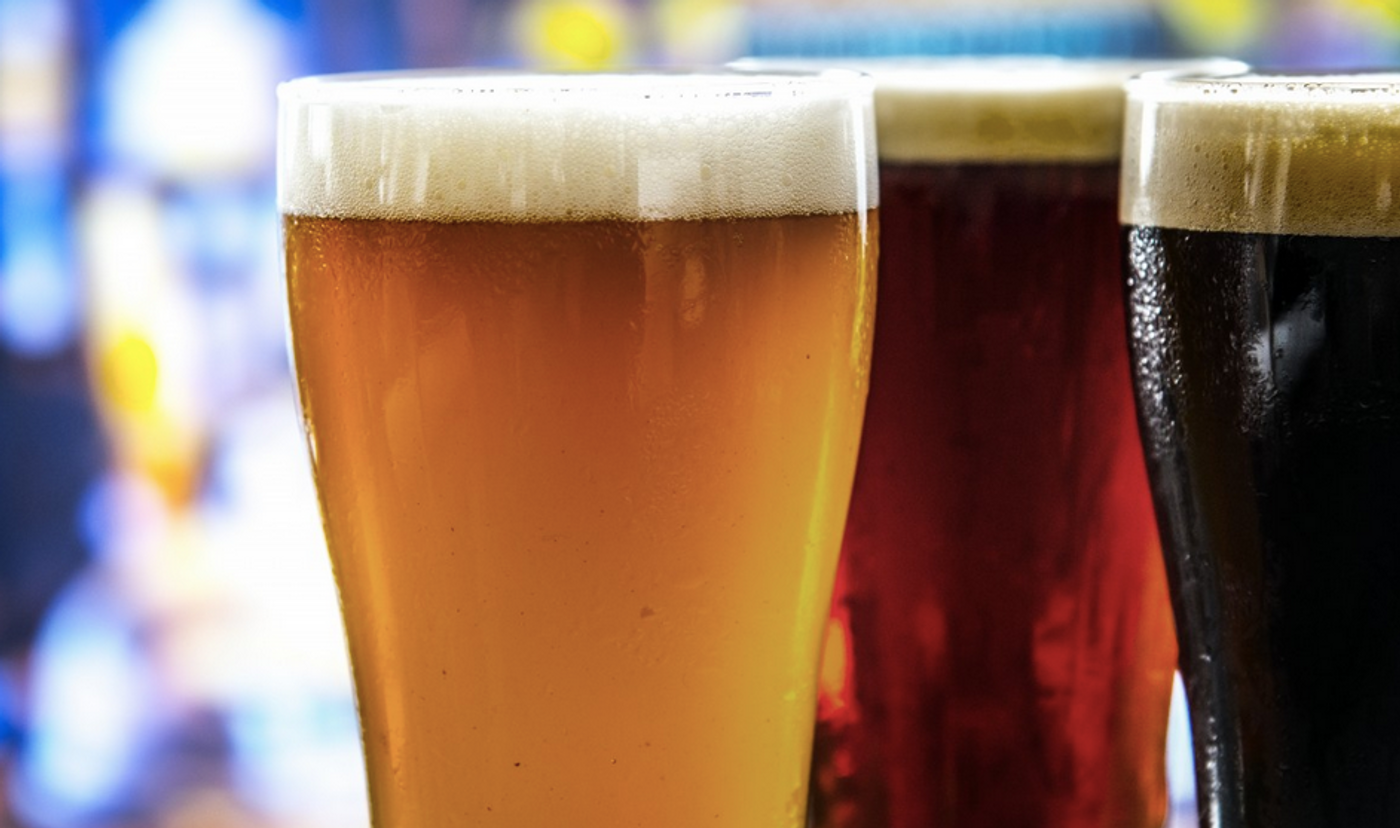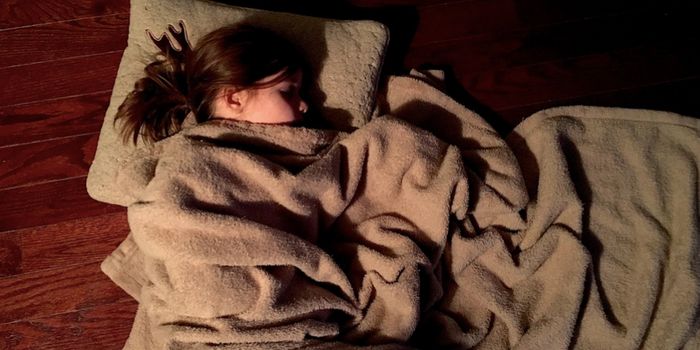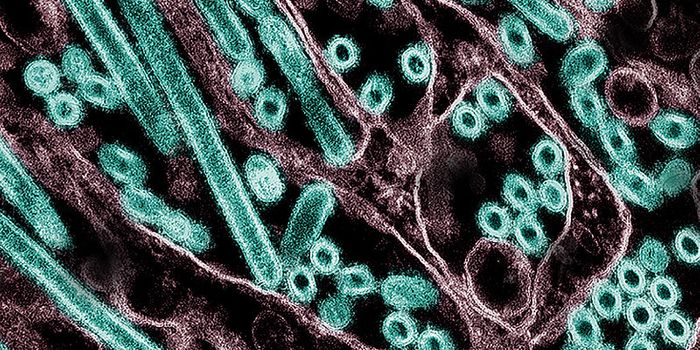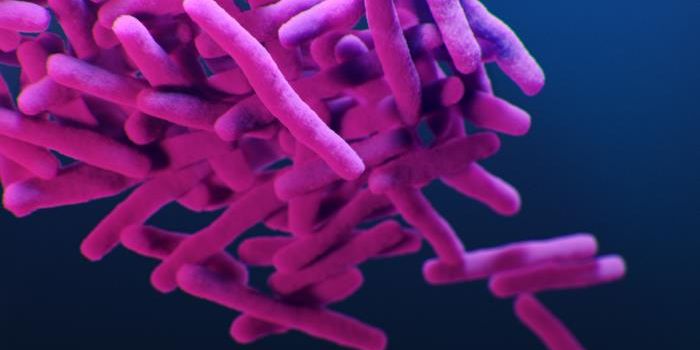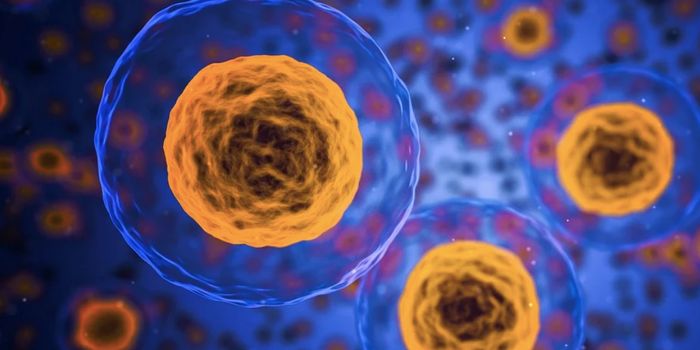Cheers to Fermentation - Beer Day 2021
After coffee and tea, beer is the third most popular beverage in the world, and it's been a part of our societies and cultures for thousands of years. There's evidence that people were drinking various forms of what we know as beer and using it in rituals in ancient Mesopotamia. Archeologists have studied the site of an Iron Age brewery in Sweden and breweries in Egypt and China that are estimated to be 5,000 years old.
Students at Stanford even recreated an ancient beer with a recipe that was found inscribed on the insides of pottery vessels in Northeast China. Beer relies on fermentation, so even though we have refined and modified the process in many ways over time, the basics of brewing have not changed for thousands of years.
There's several steps to make beer. First, barley is soaked in water and spread out to germinate, so enzymes will be released. The starch in the softened barley then gets turned into sugars and other molecules, and the grain is baked, producing malt. The malt gets milled and mashed, producing a substance called wort. The wort is boiled, and hops are added at this point to add flavor. After some chemical reactions, the hops are filtered out and the remaining substance is cooled.
Fermentation happens next. A species of yeast is added to the mixture and over several days, the sugars in the mix are metabolized into carbon dioxide, ethanol, and other flavor-producing molecules. The carbon dioxide gives beer its fizz, and the ethanol makes it alcoholic. As the alcohol level increases, the yeast begin to die. Different types of yeast can be used to start fermentation, typically it's either Saccharomyces cerevisiae or saccharomyces pastorianus, which are known as Brewer's or Lager yeast, respectively. The fermentation temperature depends on which yeast is used.
Bacteria might also be added to the mixture, which can change the flavor. The microbes will all mutate as they multiply during the fermentation process, which can alter the taste even more.
The beer might be stored for various periods of time to condition it, allowing the flavors to mellow and coalesce. Depending on what kind of beer is being made, this might take a few weeks or years. Some brewers also clarify the beer, which involves adding a chemical to get rid of the cloudiness. Finally, the beer is filtered so particles are removed, and it's packaged for consumption.
So what's one important thing to remember if someone wants to try brewing at home? You're working with 'germs,' so everything that's used during the process has to be kept as clean as possible so random microbes don't contaminate the growing beer culture.
“Probably 70 to 80 percent of a good brew is cleaning. If you don’t do a good job of that, you can introduce unwanted microbes to the process and ruin the whole thing,” Mike Brandt, owner and brewmaster at Garden Grove Brewing and Urban Winery in Richmond told NPR.
Sources: Frontiers in Genetics, Nature, Proceedings of the National Academy of Sciences
